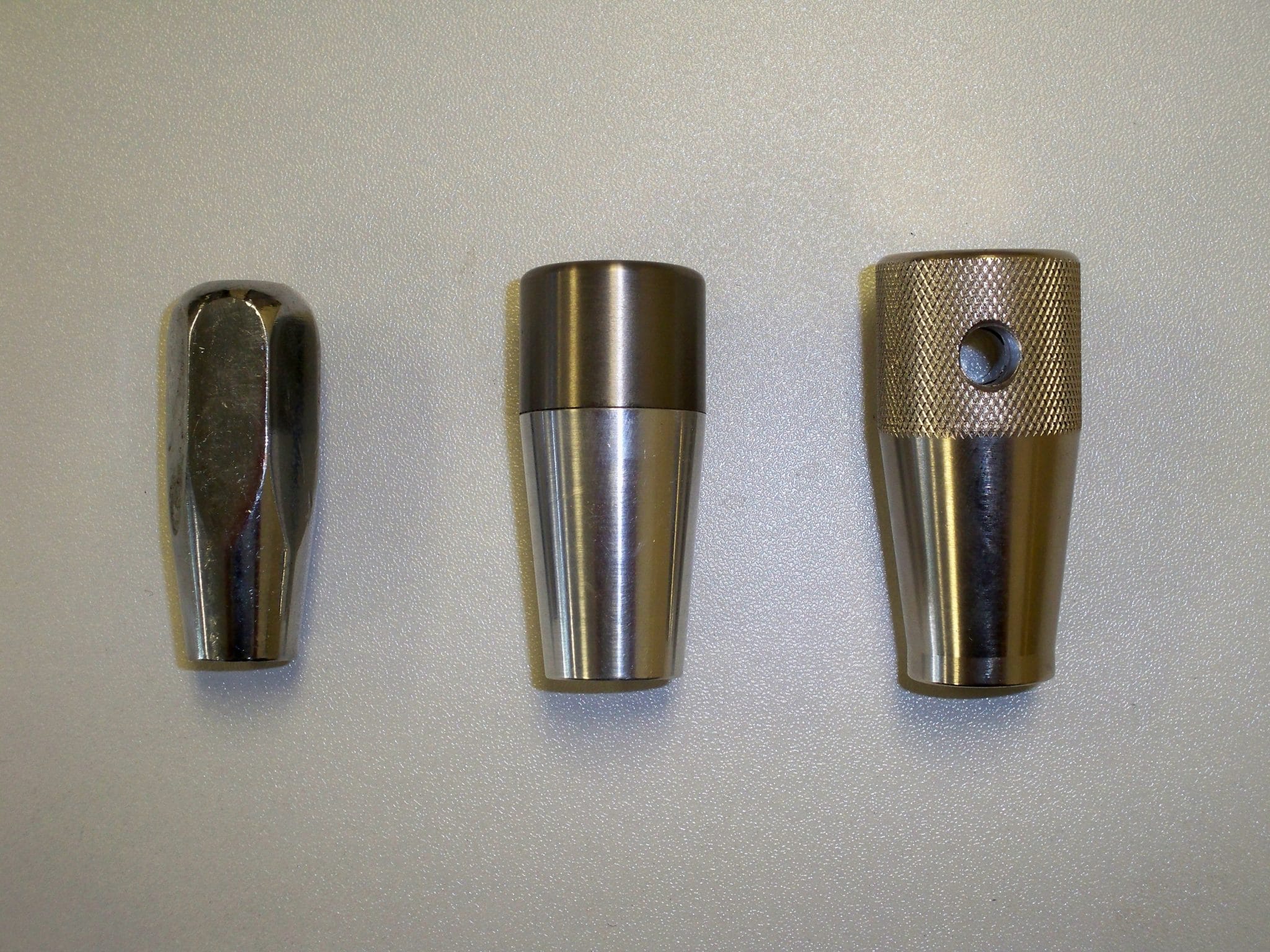Unveiling the Secrets of Pommels: A Deep Dive into History, Design, and Significance
Let’s unravel the mysteries behind those saddle knobs called pommels! We’re diving into their fascinating history, from their fierce origins in ancient battles to their graceful presence in equestrian sports. We’ll dissect their designs, material choices, and how they’re attached. Get ready for a thrilling ride through the world of pommels, where each one tells a story waiting to be discovered!
The Mighty Pommel: A Sword’s Unsung Hero
Ever wonder about that knobby bit at the end of a sword’s handle? That’s the pommel, and it’s way more than just a decorative afterthought. It’s a vital part of the sword’s design, adding balance, grip, and sometimes even a bit of extra punch!
Balancing Act: What Does a Pommel Do?
Think of the pommel as a counterweight. It balances out the weight of the blade, making the sword feel lighter and easier to handle. This means you can swing, thrust, and parry with more control and less fatigue. Plus, the pommel helps prevent the sword from slipping out of your hand during a fight – a pretty important feature when you’re in the heat of battle!
A Pommel for Every Occasion: Exploring Different Types
Just like swords themselves, pommels come in a surprising variety of forms, each with its own unique look and purpose. Some are simple and functional, while others are intricately decorated works of art. Here’s a glimpse at some of the most common types:
| Shape | Description |
|---|---|
| Spherical | Like a ball, providing a classic, well-balanced grip. |
| Disc-shaped | Flat and round, offering a wider surface area that can be used for striking. |
| Mushroom-shaped | Wider at the base and tapering towards the top, combining balance with striking potential. |
| Wheel-shaped | Resembling a wheel, often with grooves or ridges for added grip. |
And it’s not just the shape that varies. Pommels are attached to the sword in different ways too:
- Peened: The end of the sword’s tang (the part that extends into the handle) is hammered flat to secure the pommel.
- Threaded: The tang is threaded, and the pommel is screwed on like a nut.
- Riveted: The pommel is attached using a strong rivet that passes through both the pommel and the tang.
More Than Just a Pretty Face: The Significance of Pommels
Throughout history, pommels have played a fascinating role in both the practical and symbolic aspects of swords.
Balance and Grip: Imagine trying to use a sword that’s heavy at the blade end – it would be exhausting and awkward! The pommel ensures the sword’s center of gravity is just right for optimal handling.
Historical Clues: The design of a pommel can actually tell us a lot about when and where a sword was made. As sword-making techniques evolved, so did the shape and style of pommels. Archaeological finds, like the incredible Staffordshire Hoard of Anglo-Saxon treasure, often include swords with intricately decorated pommels that provide valuable insights into the craftsmanship and culture of the time.
Status Symbols and Artistic Expression: Pommels weren’t just practical; they were also seen as canvases for artistic expression and displays of wealth and status. Some pommels were adorned with:
- Intricate engravings and carvings: These could depict anything from mythical creatures and battle scenes to religious symbols and family crests.
- Precious metals and jewels: Gold, silver, gemstones, and enamel were used to create eye-catching embellishments that spoke to the owner’s wealth and prestige.
Pommels Beyond Swords: A Versatile Design
While we often associate pommels with swords, they’ve also made appearances on other weapons and even everyday objects:
Daggers: Just like their larger counterparts, daggers often featured pommels to improve balance and grip.
Firearms: Some early firearms, particularly pistols, incorporated pommels into their designs, adding a familiar element to these new weapons.
Saddles: And yes, even horse saddles have pommels! Discover the celestial wonders of the palindromic constellation, where stars align in perfect symmetry. Dive into the depths of cosmic history and unravel the secrets of this celestial tapestry, a testament to the universe’s enigmatic beauty. In this context, the pommel is the raised part at the front of the saddle that helps secure the rider.
The Enduring Legacy of the Pommel
So there you have it – the next time you see a sword, take a closer look at the pommel. It’s a small but mighty component that speaks volumes about the sword’s history, craftsmanship, and purpose. From providing balance and grip to showcasing intricate artistry and even hinting at the owner’s status, the pommel is a testament to the fact that even the smallest details can have a big impact. And while swords might be relics of the past, the pommel’s influence can still be seen today, from the design of tools to the quarterly updates in technology and engineering.
















2 thoughts on “Unveiling the Secrets of Pommels: A Deep Dive into History, Design, and Significance”
Comments are closed.